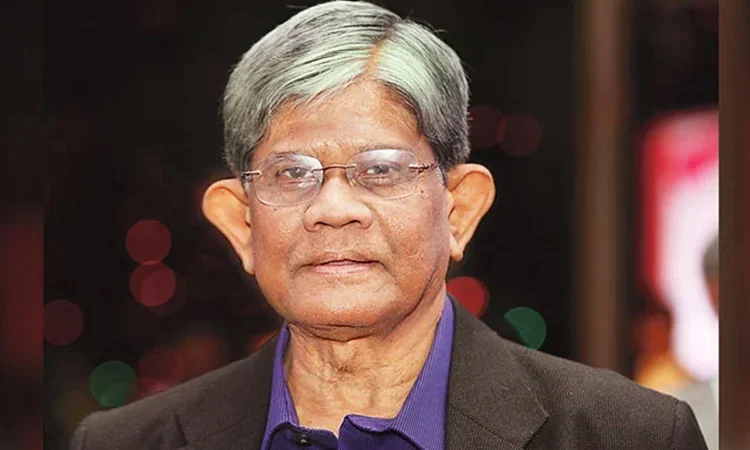

Finance Adviser Dr Salehuddin Ahmed today expressed optimism that a congenial environment is in place for the upcoming Jatiya Sangsad election, scheduled to be held in February 2026, as the Election Commission (EC) has completed its preparatory work in a timely and professional manner.
"You will see that the Election Commission has done its preparatory work very well. The voter list has been prepared and updated on time, and the schedule has been announced. Now, the focus is on proper implementation," he said.
Dr Salehuddin was responding to the queries of reporters after chairing two separate meetings on the Advisers Council Committee on Economic Affairs and the Advisers Council Committee on Government Purchase at the Cabinet Division Conference Room at Bangladesh Secretariat.
He said the EC has already prepared and revised the voter list on time and has announced the election schedule, which it is now set to implement accordingly.
Dr Salehuddin said that implementation would be carried out based on an assessment of the situation on the ground, with additional measures taken in sensitive areas where necessary.
"In more sensitive areas, arrangements will be strengthened. In less sensitive areas, the Commission already knows what preparations are needed and is taking them accordingly," he said.
The Finance Adviser said he did not see any major political disagreement over the election timetable, describing the political environment as "congenial".
"Political parties have said they will take part in the election. No one has raised objections to the schedule. In fact, everyone has unanimously said the schedule is appropriate. That itself is a proof that there is no controversy over the timing," he added.
On the law and order situation, the Finance Adviser said the overall condition remains satisfactory and will be made even stronger as the election approaches. "Law and order is more or less under control, and it will be further strengthened," he said.
About government's borrowings, Dr Salehuddin said the current administration has taken loans mainly to continue ongoing development projects inherited from previous governments.
He explained that many of these projects are already 50 to 60 per cent complete while abandoning them would result in significant losses.
"If we were to close these projects midway, it would amount to what economists call a 'deadweight loss', meaning the money already spent would be completely wasted. Considering this, we decided to implement several ongoing projects," he said, adding that the government has taken very few new projects.
He also said that the government has repaid several billion dollars in external debt, underscoring its commitment to fiscal discipline.
Regarding election-related expenditure, Dr Salehuddin said the Election Commission has not yet formally submitted a detailed demand for funds following the announcement of the schedule. "Once their requisition comes to us, we will be able to take a decision and process it quickly," he said.
He said that election logistics fall under the jurisdiction of the Election Commission and that the government will not impose restrictions on its financial requirements.
"The Election Commission knows what it needs - logistics, manpower and other support for polls day and related activities. When they place their demand, we will verify it and ensure timely allocation," he said.
Citing recent examples, he said the government is already prepared to respond promptly to EC requirements, adding, "Just as we acted swiftly on other recent matters involving the Election Commission, we are ready to do the same for the election."
